Siberian iris: description, varieties, planting and care
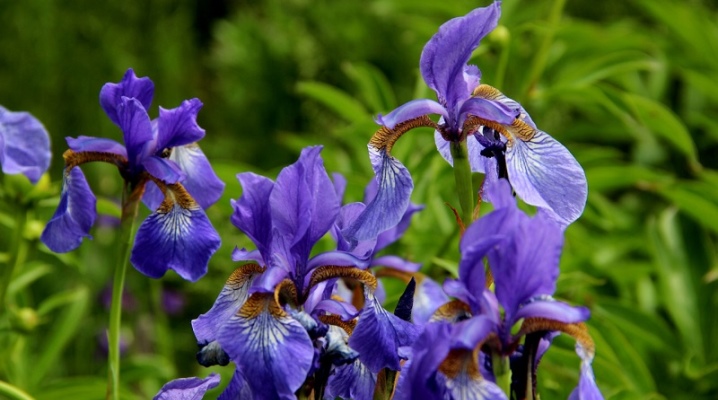
From early spring, the flower beds of all gardeners and summer residents begin to dazzle with a wide range of shades. Each owner of a personal plot tries to grow the brightest, most beautiful and unusual plants in his flower garden, which, like all green crops, need care and attention.
The high employment of many summer residents makes them plant simple and unpretentious plants that require a minimum amount of care. One of these flowers is the Siberian iris. Even novice gardeners can afford a beautiful and bright plant, and the varietal variety of iris will surprise even experienced summer residents.
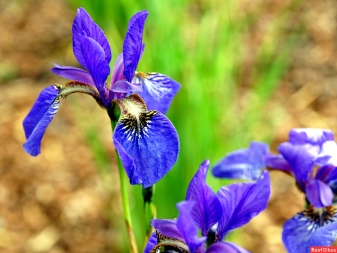

Peculiarities
Iris (iris) Siberian is a rhizome perennial plant that belongs to the iris family, and its detailed description can be seen in all botanical collections. The homeland of this species is North Asia, Central and Eastern Europe. The maximum herbaceous plant height is 1 meter, but some varietal specimens grow much taller. The root system of the iris is a massive central root, from which thin filamentous shoots extend. On the upper part of the root there is a leaf rosette, in which the green aerial part of the flower and the stem of the inflorescence are formed.
The leaf plates have a belt-like or x-shaped shape, as well as tough and dense skin.

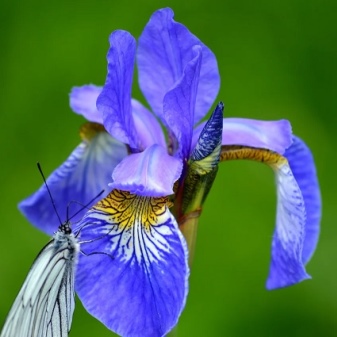
Irises have a wide color palette, which consists of the following shades:
- Orange;
- blue;
- yellow;
- Red;
- purple;
- White;
- Brown;
- purple.

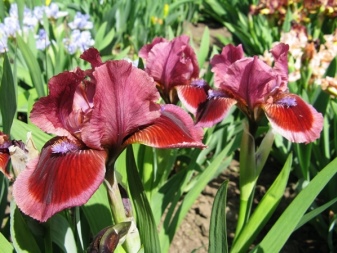
The plant looks spectacular and beautiful thanks to the inflorescences, the size of which can reach 8 cm, and long thin leaves, which retain their attractiveness and bright color throughout the entire growing season. In regions with increased soil nutrition, irises can grow in one place for about 20 years., in all other cases, the habitat of the plant must be changed every 5 years.
Along with high aesthetic properties, this plant attracts attention due to its medicinal properties.
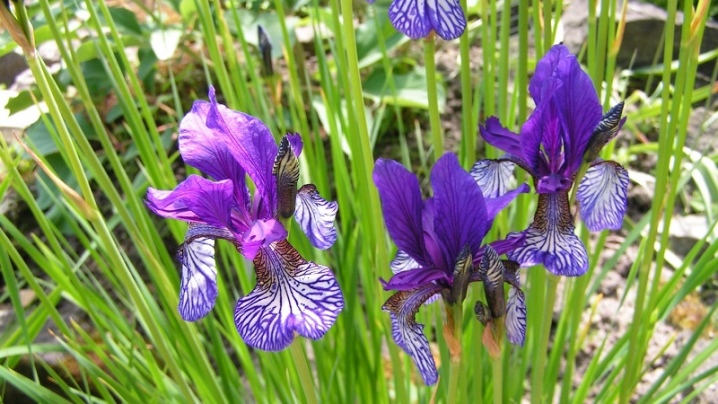
The roots of the flower contain healing essential oils, resins, starch, flavonoids, tannins, mucus, sugar and are used to treat the following diseases:
- toothache and headache;
- inflammation of the upper respiratory tract;
- diseases of the digestive system;
- skin rashes and wounds.
In pharmacy chains, you can buy toothpastes, powders, creams, medicated plasters and cosmetics with iris extract.


Varietal variety
The long and painstaking work of breeders has led to the emergence of a large number of varieties of Siberian iris. Florists recommend that novice gardeners pay attention to the following types.
- "Alba" - a snow-white flower, the petals of which have a lilac tint. The height of an adult plant can reach 120 cm. Flowering begins in the middle of summer.
- "Butter" - a flower in which the lower petals are colored yellow and lemon, and the upper leaves are white. The height of this variety very rarely exceeds 75 cm. The opening of the buds occurs at the beginning of July.
- "Big Ben" - a variety with a purple tint. The maximum inflorescence size is 6 cm.
- Concord crush - an unusual shaggy flower, in which one inflorescence consists of 15 petals. The shade of this variety is blue with purple veins.A distinctive feature is the presence of repeated flowering. The maximum bud size is 14 cm.
- "Rigamarole" - late view, which has a terry surface of the petals. One inflorescence can consist of 20 leaves. The basic shade of the flower is pink with lavender spots. Large and wide petals with wavy edges are collected in dense buds. This variety is resistant to low temperatures.
- "Black Joker" - a new species that has an unusual color. The outer petals are colored brown and edged with gold. The interior color range consists of all shades of blue and lavender. This variety has maximum resistance to all known diseases.
- Blue king Is a popular plant that has a short-branched root system. On the cylindrical peduncle there are about 5 flowers, which are painted in a violet-blue hue.
- Harpswell Hepines - an early-late representative of iris, the petals of which are painted white, and their bases have a yellow tint. This species is distinguished by abundant and long flowering with the re-formation of buds in the fall. All petals have corrugated edges and a dense structure.
- "Ruffled Plus" - a bright lilac flower, the height of which reaches 1 meter. The leaf plates are colored dark green and form a dense rosette. The flowering period is June.
- Swan in flight - a snow-white flower, in which the base of the petals is always yellow with green veins. Plant height reaches 90 cm, and the length of one flower can reach up to 14 cm. Flowering is always abundant. A distinctive feature is the presence of a gray-blue color of the leaves, which retain their decorative effect until the first frost.
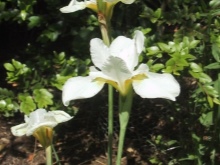
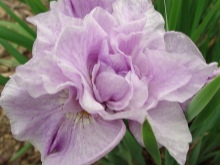
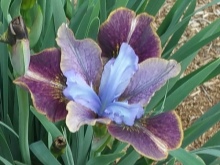
The following iris varieties have no less decorative effect:
- "Cassandra";
- Barcelona;
- Sparkling Rose;
- "Anchorched";
- Snow Queen;
- Fancy Me Zis;
- Silver edge;
- Golden Edge;
- Paprikash;
- Contrast in Styles;
- Butter & Sludge.
All of the above types have a bright and unique color palette and rich shades.

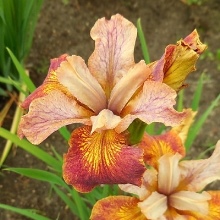
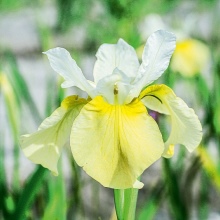
How to plant?
In order to get a beautiful plant that will delight with abundant flowering and richness of colors, it is necessary not only to choose the right variety, but also to pay special attention to planting. It is necessary to plant flowers in early spring or late autumn. Instances planted in sunny areas are sure to delight with beautiful flowers and bright colors, unlike flowers growing in the shade. They grow well in all types of soil with good drainage. The optimum level of soil acidity is slightly acidic.
In the spring, before planting in open ground, the entire area must be well dug up and enriched with mineral and organic fertilizers. It is necessary to carefully lower the flower into the formed planting pits, trying not to deepen the root collar by more than 5 cm.
The optimum distance between plants is 35 cm. Planted flowers must be watered abundantly, and the root area must be mulched.

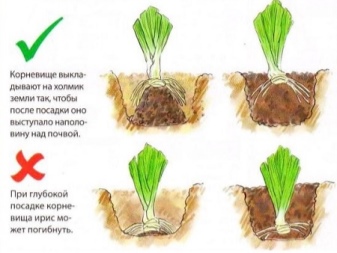
To improve the structure of heavy soil, it is better to add a small amount of river sand to the planting holes. Lime will help reduce acidity, and peat can increase its percentage. To obtain beautiful and healthy plants, experts recommend paying special attention to the state of the planting material. Signs of quality seedlings:
- dense structure;
- lack of rot;
- the presence of a clean cut without traces of mold and mildew;
- lack of mechanical damage.
If dried rhizomes are used for planting, then before deepening it is necessary to soak them in water. The best option for buying is flowers planted in special containers. Experts recommend purchasing all planting material in large nurseries, which are responsible for the quality of their products.
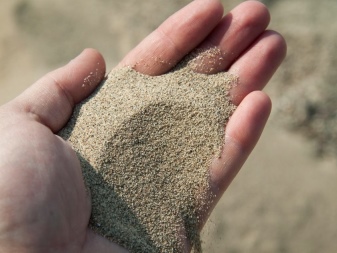
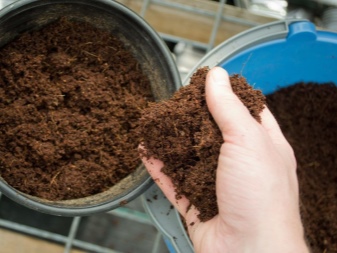
How to take care of it properly?
Siberian iris belongs to unpretentious plants that require a minimum amount of care and attention, but despite this, before planting, you must carefully study all the features of the implementation of this process. Caring for a killer whale consists in timely watering, feeding and pruning. Iris belongs to moisture-loving plants, which are best planted near water bodies. During a drought period, the flower should be watered regularly and abundantly. The soil near the flower should always remain moderately moist. Due to the developed root system, in which moisture accumulates, adult plants need less watering intensity.
The pruning process consists in the timely removal of inflorescences with seed pods after flowering. If the seed is not removed, then it will simply fall to the ground, and in the spring it will germinate with weak shoots. At the end of autumn, it is imperative to cut off the entire aerial part. If you do not carry out these works, then in the spring, young shoots will not be able to break through the dense leafy layer.
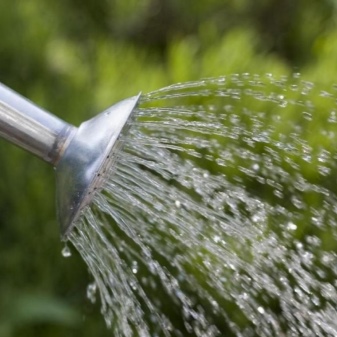
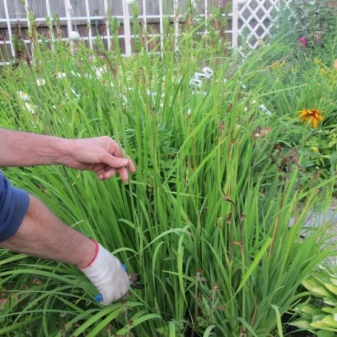
In order for the plant to have a beautiful appearance and please with abundant flowering, starting from the second year it must be regularly fed with mineral and organic fertilizers. In early spring, it is necessary to enrich the soil with special mineral complexes, and in case of wet weather, foliar dressing must be performed. After bud formation, professional gardeners recommend reintroducing mineral nutrients and organic matter.
To create the most comfortable conditions for the development of the root system, the entire area with flowers must be mulched with chopped tree bark, coniferous needles and sawdust. Despite their unpretentiousness, irises do not tolerate transplanting to a new place very badly, therefore, this flower should be disturbed no more than once every 4 years.
In regions with a warm climate, plant transplantation can be carried out already at the beginning of autumn, but in areas with a harsh climate, this event should be postponed until spring.
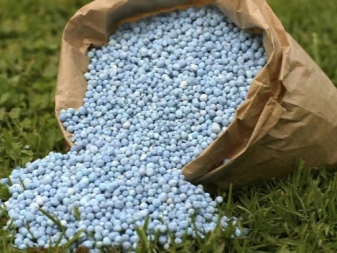
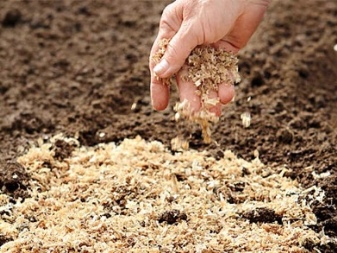
Reproduction methods
Reproduction of Siberian iris occurs by dividing the mother rhizome into small shoots. After the plant has been removed from the ground, it is necessary to completely cut off all the green aboveground part. If you ignore this event, then the new plant after transplantation will hurt for a long time, and the green leaves will draw out all the nutritious juices and moisture from it. The maternal rhizome should be divided into parts with a sharp blade, each of which must have at least two shoots.
Experts recommend to immediately sprinkle the cut site with chopped charcoal and dry it a little in the shade. The processed planting material is carefully placed in the pits and covered with nutritious soil, at the same time compacting the soil.
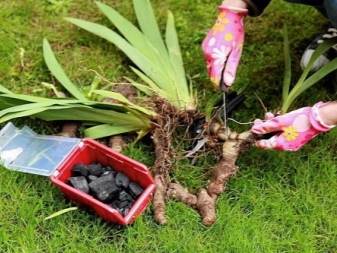
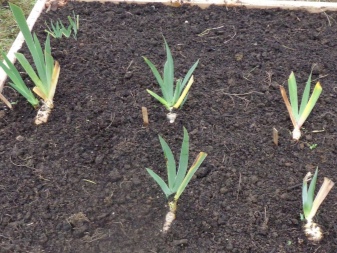
Diseases and pests
Iris have a high level of resistance to many viral and fungal diseases, but despite this, the plant can be affected by the following diseases.
- Bacteriosis is a soft rot of the rhizome. The reasons are the introduction of fresh manure, waterlogging, freezing of the root system, excessive nitrogen content in the soil and a lack of phosphorus and calcium. Signs - slow growth, the presence of brown spots and dry ends, foliage falling off, the appearance of a putrid odor. It is impossible to cure the plant. To prevent the spread of bacteriosis, the diseased bush must be dug up and burned, and the soil and tools must be treated with special disinfectants.
- Fusarium is a fungal disease that affects the root system. Signs - drying out of the green mass, the appearance of dry and yellow spots on the leaves and flowers, the presence of a gray bloom on the rhizome. The infected plant must be immediately dug up and destroyed.
- Gray mold is a common disease, which leads to rotting of leaves and stems and the appearance of black growths on the roots.Treatment - removal of damaged parts and treatment of plantings with special fungicides.
Timely feeding and adherence to the irrigation system will help prevent the development of the above diseases. When planting shoots, you must carefully monitor the quality of the planting material and do not use sick and weak shoots.
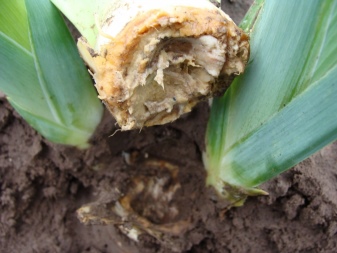
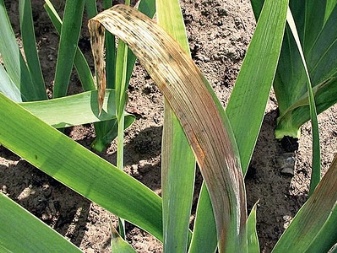
Not only various diseases, but also dangerous pests can spoil the appearance of a plant and lead to its death. Biologists recommend paying attention to the following types of insects.
- Slugs - dangerous pests that appear in damp and excessively moist soil and affect not only the leaves, but also the entire inner part of the roots. Control measures - thorough digging of the site, processing the soil with wood ash. To destroy slugs, you can use a decoction of hot pepper and special traps.
- Aphid - small pests that gather in large colonies and multiply rapidly. Only solutions containing phosphamide, karbofos and soda ash will help to destroy aphids.
- Thrips - pests that provoke the appearance of brown spots on the leaves and roots. Only spraying with karbofos will help get rid of parasites.
- Nematodes - dangerous parasites that can survive the effects of low temperatures. Brown spots appear on the affected plant, which lead to the subsequent death of the entire area. A control measure is the timely removal of weeds.
- Bronzovik - a beetle that has a body size of about 2 cm. With a single detection of an insect, you can independently collect parasites, but in case of a mass invasion, it is better to treat the plantings with special chemicals.

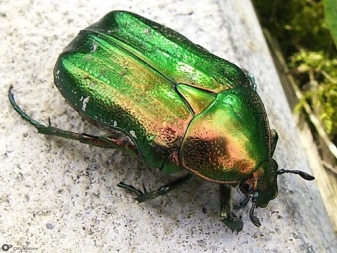
Less common iris parasites are bears, wireworms and scoops, but novice gardeners need to carefully study how to deal with these pests.
If the plant has not bloomed for several years, then it is necessary to conduct a thorough inspection not only of the aboveground part, but also of the underground one. It is better to do this at the end of summer in order to have time to carry out all preventive measures.
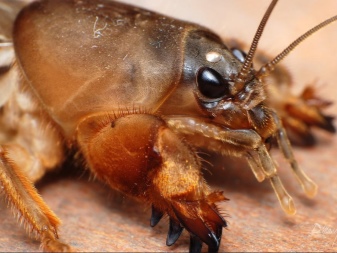
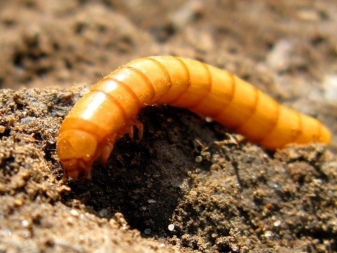
Use in landscape design
Siberian iris is a beautiful flower that can be both the main plant in the flowerbed and part of a large blooming composition. Iris go well with all liliaceae, poppies, hosts and peonies. Small islands of iridescent whales of different varieties will look spectacular and stylish against the background of lush green lawn. The most important thing is that the grass does not interfere with the growth of plants.
Many landscape designers plant this plant on the banks of artificial reservoirs.where high humidity and soil contribute to the active growth of irises. Green spaces look harmonious in combination with water reeds.
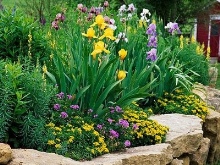
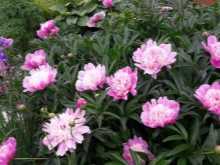

Some gardeners successfully combine this flower with saintbrinks, medicinal sage, incense, fern and lavender. Iris can become part of large rockeries, alpine slides and adornment of the local area.
If the design involves planting iris in the foreground of the flower bed, then it is better to choose plants with open and bright flowers., but tall flowers can become a beautiful green background for various low varieties. Many owners of sloping areas planted irrigation whales right next to the slope. This technique helps not only to steal the area, but also prevents the destruction and shedding of the slope.
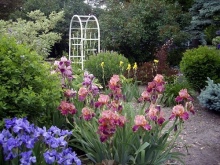
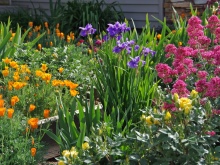
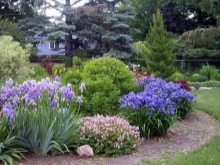
In order to decorate a personal plot and recreation area, it is not necessary to purchase expensive imported plants, which do not always successfully take root in a new place and require special care and attention.
Experts recommend paying attention to simple plants and flowers that will not only decorate the site, but also require minimal attention.
For information on how to properly propagate this beautiful plant, see the next video.







































































































The comment was sent successfully.